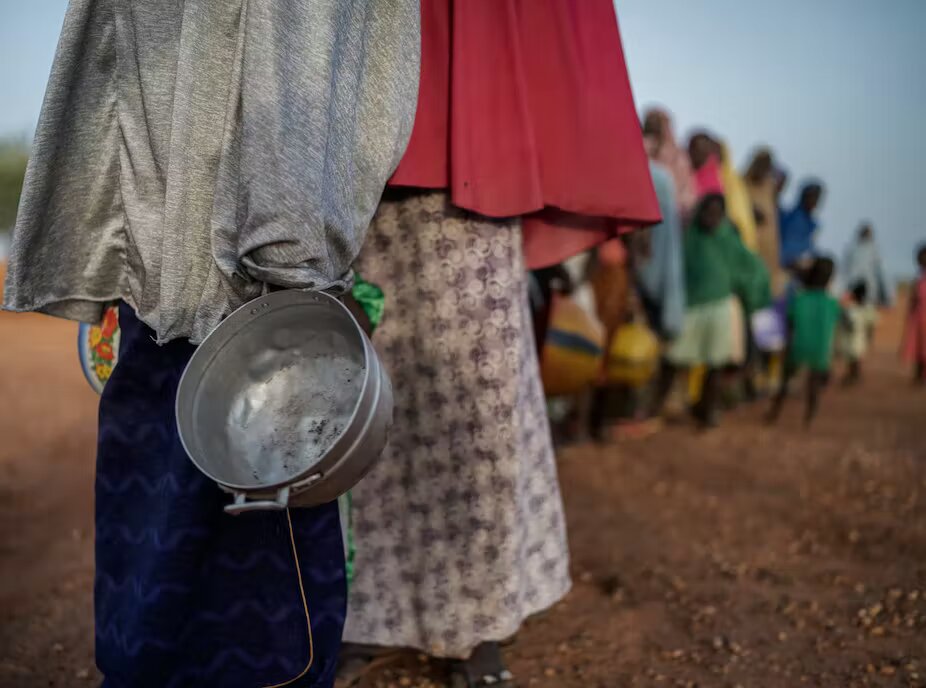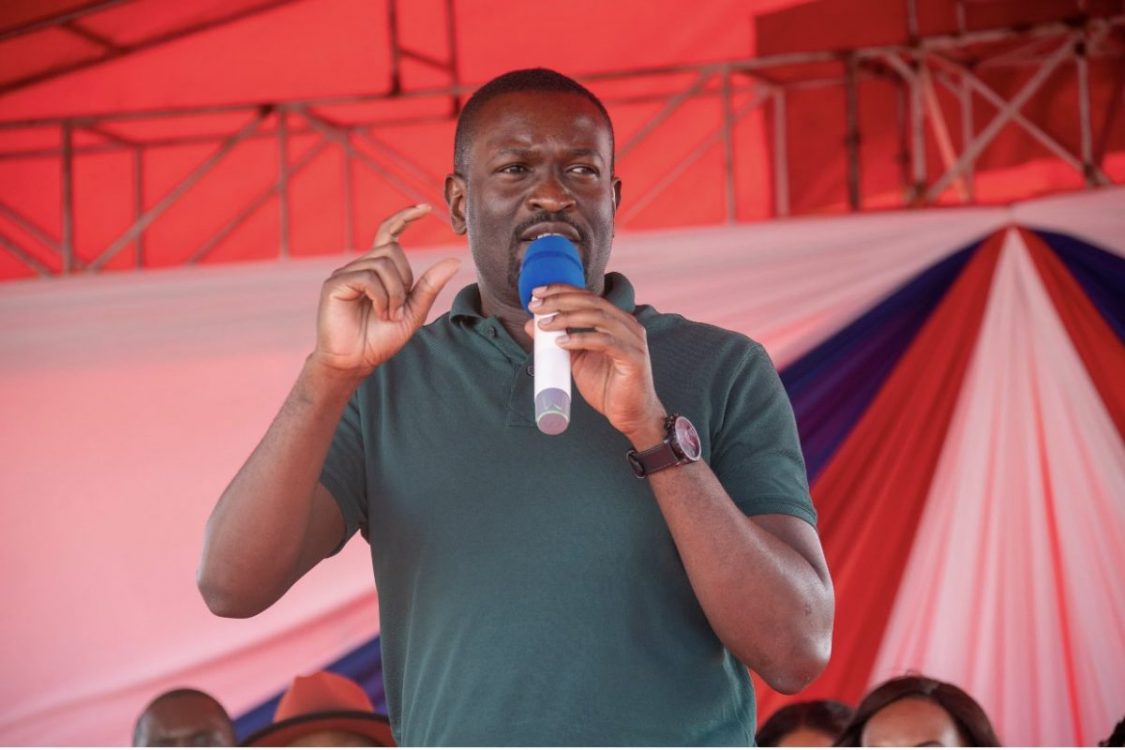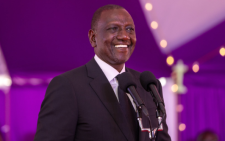Working towards feeding the hungry in Africa

One of the ironies is the fact that while Africa has one of the largest arable and fertile land in the world, its population suffers the most hunger and starvation. Africa’s agricultural output is way below its massive potential.
According to the African Development Bank (AfDB), the continent accounts for a third of the people suffering from hunger worldwide, which is an equivalent of 249 million out of 828 million people. The Pan-African bank also says that with 65 per cent of the remaining of arable land, Africa has potential to feed nine billion people globally by 2050. Its vast savanna areas alone are estimated at 400 million hectares, of which only 10 per cent is cultivated. Perpetual lack of food security has denied the continent a healthy and thus more productive population. Moreover, Africa loses billions of dollars every year both by importing food from other continents, and lost opportunities to sell agricultural produce and various foodstuffs in overseas markets.
This growing realisation has in recent years jolted players in Africa’s agricultural sector to seek practical solutions to restore the continent’s food security. It forms the backdrop in which Heads of State and non-State actors like development partners and the private sector met in Dakar, Senegal at the end of last month for the Dakar 2 Summit dubbed, “Feed Africa: Food Sovereignty and Resilience”.
The Dakar 2 Summit is the second edition after the first one was held in 2015, during which the Feed Africa: Strategy for Agricultural Transformation in Africa (2016-2025) of the African Development Bank Group was proposed. Organised by AfDB, Senegal and the African Union Commission, the forum comes at a time when Africa is undergoing grave food security challenges due to both man-made and natural reasons. The high-level participants are out to create strategies on how the continent can exploit its agricultural potential by scaling up production in the farms.
The work in Dakar is cut out for the participants. Experts say Africa’s underdeveloped agriculture is characterised by over-reliance on primary or subsistence agriculture, low fertility soils, significant food crop loss both pre and post-harvest, minimal value addition and product differentiation, and inadequate food storage and preservation. These result in significant commodity price fluctuation.
Africa is also currently reeling from the unprecedented rise in the cost of food. Like elsewhere in the world, inflation has led to the doubling of food prices, mainly as a result of the almost one-year Russia-Ukraine war. This has been as a result of the economic sanctions facing Russia’s grain exports, and the inability to import grain, fertilizer and vegetable oils from both of the warring countries.
In 2017, the Alliance for a Green Revolution in Africa (AGRA) unveiled its China-Africa Agricultural Cooperation Strategy under the direction of the Board, and its Partnership for Inclusive Agricultural Transformation in Africa. AGRA states that the objective is to collaborate with partners in China and Africa to assist, ignite, scale, and sustain the transformation of inclusive agriculture in Africa by utilising China’s public and commercial resources – financing, knowledge, product and technology.
Through the Forum on China-Africa Cooperation, China-Africa agricultural cooperation has yielded fruitful results and delivered tangible benefits to the African people. For instance, the millet processing factory built by Zhongdi Overseas Agricultural Development Company in Ouagadougou, Burkina Faso’s capital, has helped increase market demand for millet, thus motivating farmers to grow more plants.
The Chinese company has helped in value addition by building a factory to process millet into cookies, doughnuts, and other foods.
— The writer is a PhD student in International Relations












